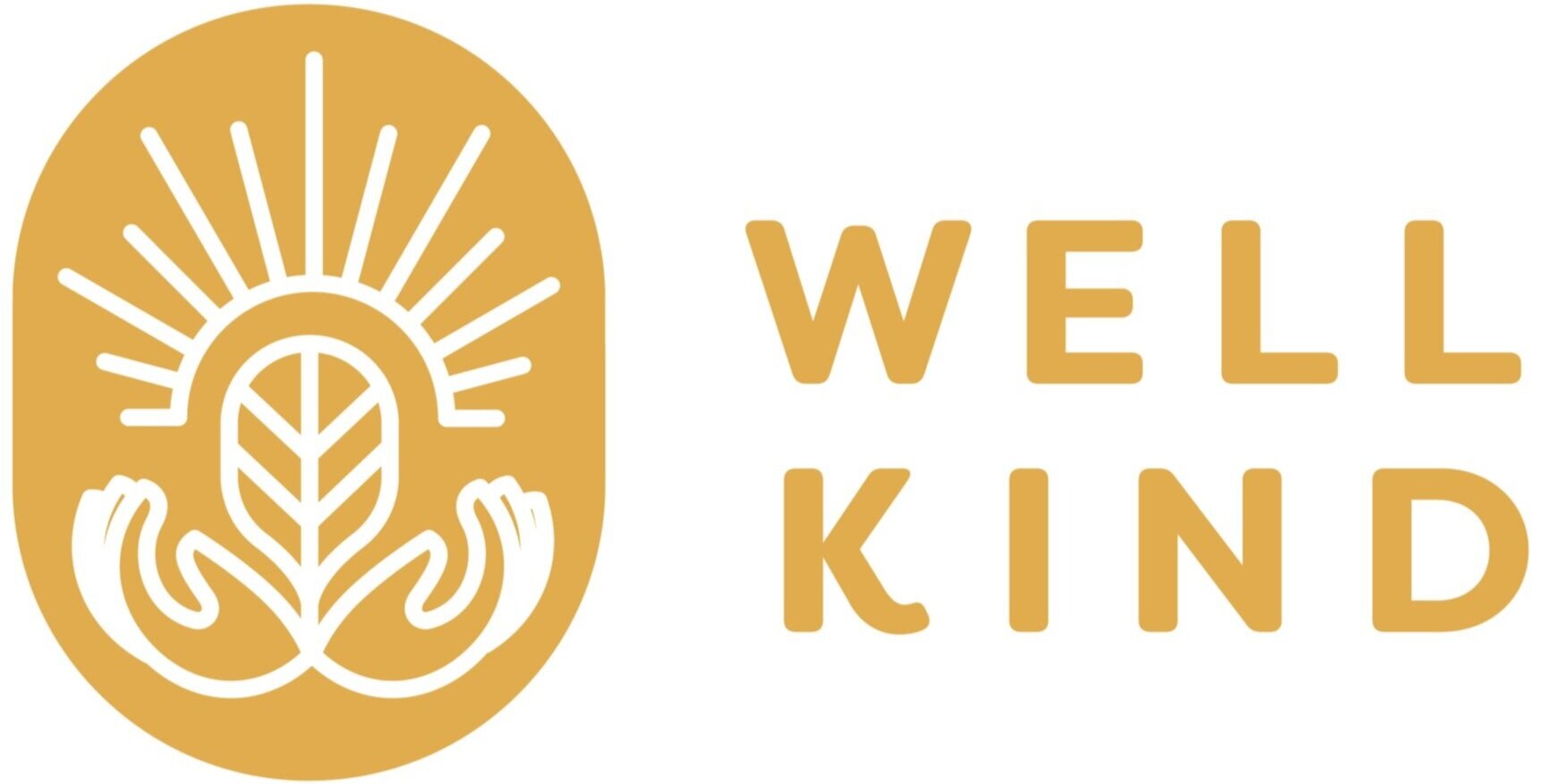Save Forests to Save Oceans
By Marco Lombardo, WellKind Forestry Intern
Marco Lombardo was an intern for WellKind Forestry during our fall 2022 session, exploring the ocean-forest connection and other environmental topics.
Image Source: The Nature Conservancy
At first glance, forests and oceans look like contrasting ecosystems. One is a tree-filled biome on land, the other is a saltwater-filled expanse covering most of our planet. But despite their differences, forests and oceans are strongly connected. They depend on each other to be healthy, especially with climate change looming large.
One example of their close relationship is the interconnection between salmon and trees. Salmon start their lives in freshwater before venturing out into the ocean (Post, 2008). They then return to freshwater to spawn. A nutrient exchange between salmon and trees benefits both organisms. Adult chum salmon returning to freshwater lakes, streams and rivers contain on average 130 grams of nitrogen, 20 grams of phosphorus, and more than 20,000 kilojoules of energy in the form of fat and protein. In just a month’s span, a 750 foot stretch of Alaskan stream receives 80 kg of nitrogen and 11 kg of phosphorus in the form of chum salmon tissue. These are all vital nutrients for plants and trees to grow strong and healthy. One study shows that trees on the bank of these streams grow three times faster than on ones without salmon (Post, 2008).
This relationship isn’t just one sided. Salmon also need trees. Streamside vegetation shades spawning grounds and keeps eggs cold (Post, 2008). Leaves and needles fall with terrestrial invertebrates that feed young salmon. Leaves that fall provide shelter for insects that later become food for salmon.
Another way trees are connected to the ocean is seen through mangrove forests. Mangrove trees grow in coastal saline and brackish water (Nature Conservancy, 2020). They protect water quality by removing nutrients and pollutants from runoff. Mangroves provide nursery habitats for many fish and shellfish. They provide shelter for many marine organisms like birds, while also benefiting the ocean ecosystem.
As a result of climate change, oceans are being harmed by increased temperatures. This unleashes problems like eutrophication and ocean acidification, causing coral reefs to bleach and threatening reproduction patterns. Chinook salmon eggs, for example, thrive in temperatures of 60.8℉ but will die at 64.4℉ (Post, 2008). That’s only a slight change in temperature. With atmospheric and ocean temperatures increasing every year due to climate change, trees slow down the threat to many organisms like salmon.
Trees can protect oceans and rivers because through photosynthesis, they remove large amounts of carbon dioxide, thereby limiting global warming and ocean acidification (Cardinal, n.d.). Trees also remove pollutants from water making its way back to the ocean through streams and rivers. By taking in carbon dioxide and pollutants, removing some of the burden off oceans.
It is clear that the relationship between oceans and forests is critical for the survival of both biomes. Because they are so interconnected, we can’t protect one ecosystem without protecting the other. If we truly want to be thorough, we must protect both oceans and forests from climate change because without one, there can’t be the other.
References
Cardinal, K. (n.d.) How can trees help the seas? Nature Conservancy. The Nature Conservancy. https://www.nature.org/en-us/about-us/where-we-work/united-states/washington/stories-in-washington/forests-reduce-ocean-acidification/
Post, A. (2008). Why Fish Need Trees and Trees Need Fish. Alaska Fish and Wildlife News. Alaska Department of Fish and Wildlife. https://www.adfg.alaska.gov/index.cfm?adfg=wildlifenews.view_article&articles_id=407
The Nature Conservancy. (2020, May 4).The importance of mangroves. Nature Conservancy. The Nature Conservancy. https://www.nature.org/en-us/about-us/where-we-work/united-states/florida/stories-in-florida/why-mangroves-important/#:~:text=Mangroves%20provide%20natural%20infrastructure%20and,help%20bind%20and%20build%20soils.
TreePeople. (n.d.). 22 benefits of trees. Tree People. https://www.treepeople.org/22-benefits-of-trees/
Van Ryzin, S. (2021, May 14). Planting trees for our one world ocean. Ocean Blue Environmental News Blog. Ocean Blue Project. https://oceanblueproject.org/planting-trees-for-our-one-world-ocean/



